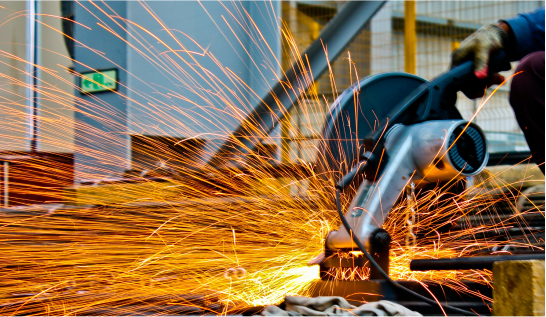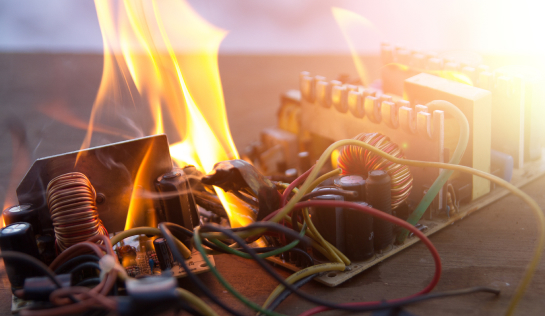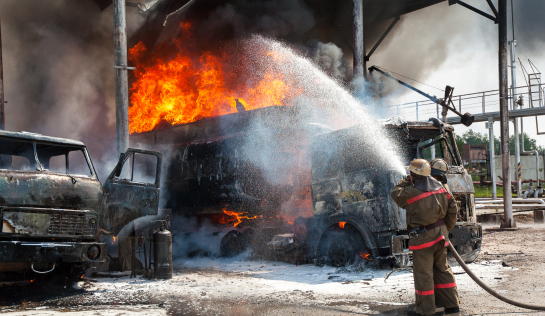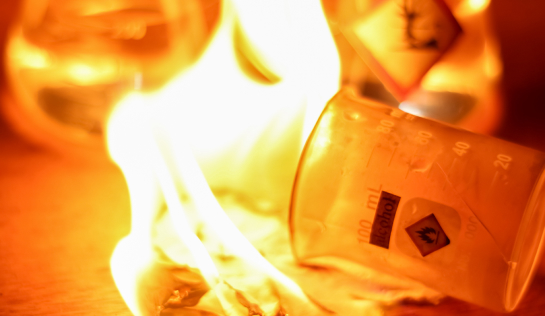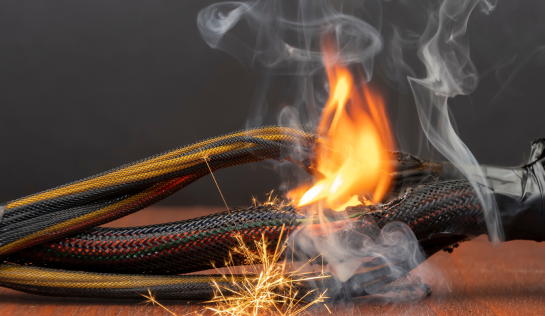PRACTICE areas
Burn Injuries
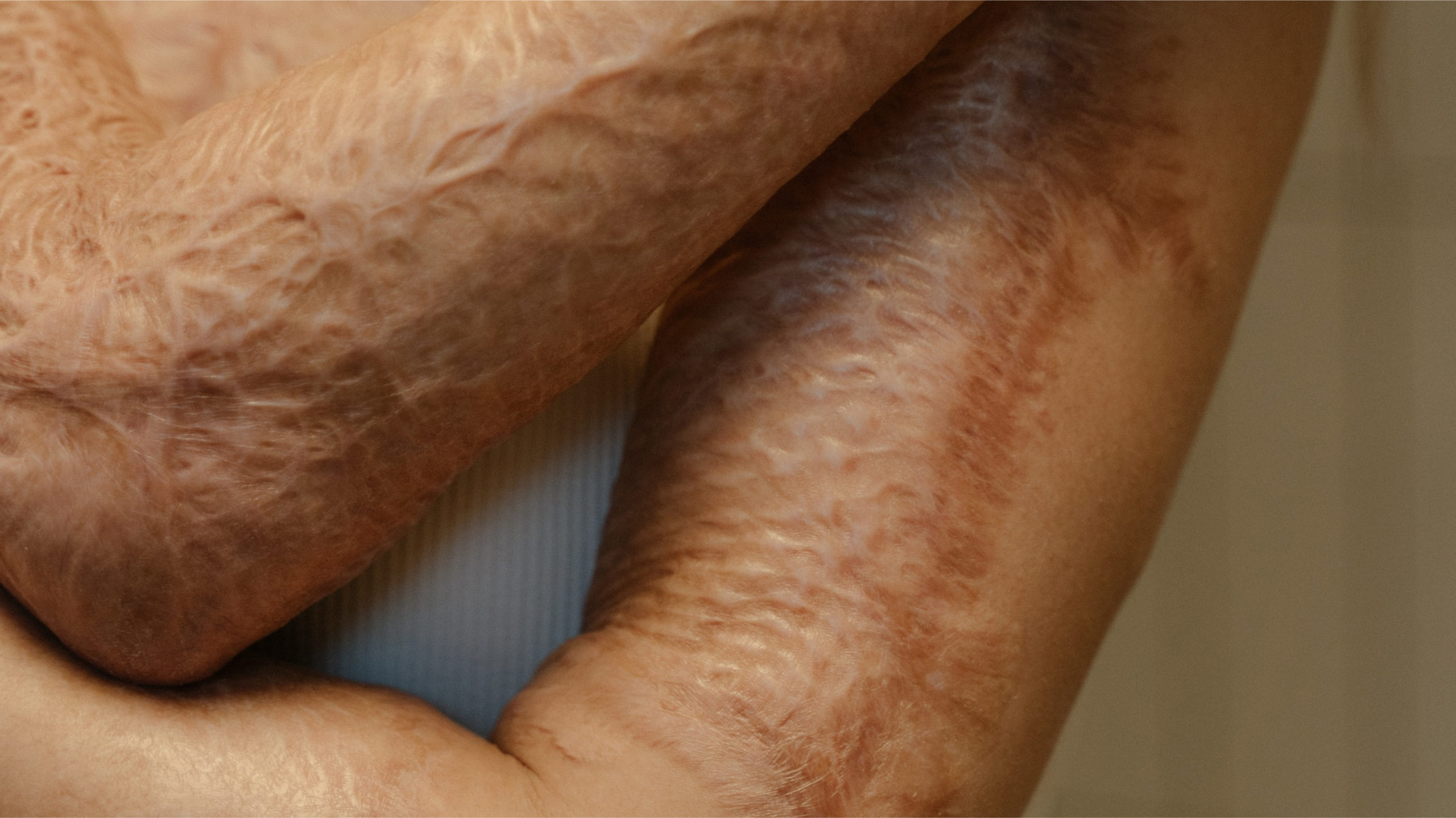
What is a burn injury?
Burns are injuries to the skin that are the result of exposure to flame, heat, cold, electricity, chemicals, or radiation. The bigger the burn, the more serious it can be to your health.
Serious burns must be treated in a hospital as soon as possible. If you have suffered a burn injury, you will likely require immediate medical attention, and you may also require legal representation to fight for the compensation you deserve.
What are the common causes of burn injuries?
What are the different types of burn injuries?
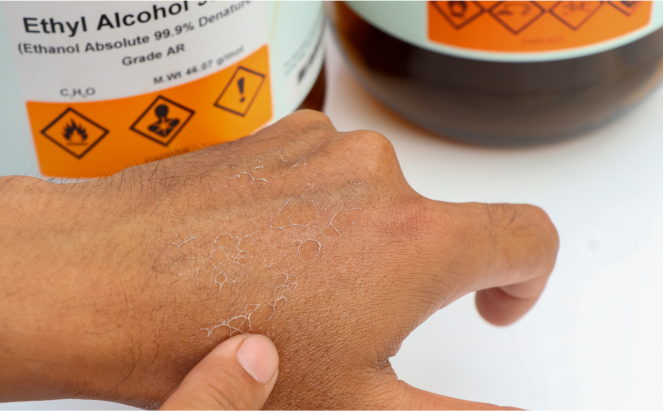
Chemical Burns
We use more chemicals today than ever before, particularly in industrial settings, and any skin contact with these kinds of substances can result in severe burns.
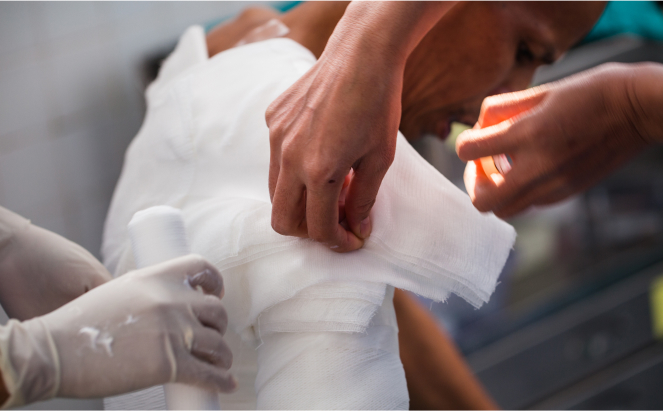
Electrical Burns
Contact with high voltage electrical equipment can cause serious injury or death.
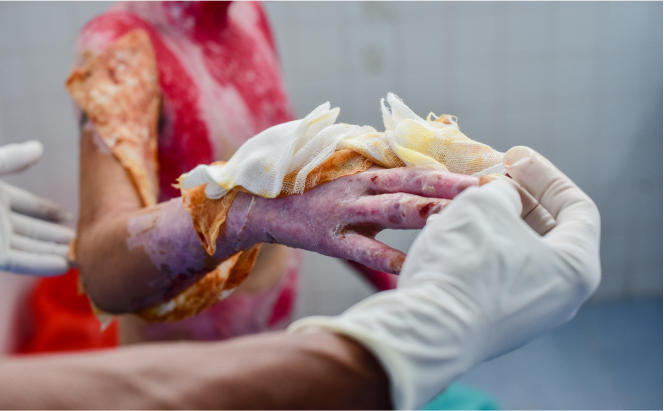
Arc Flash Burns
The heat generated in an arc flash can reach temperatures that are four times hotter than the surface of the sun.
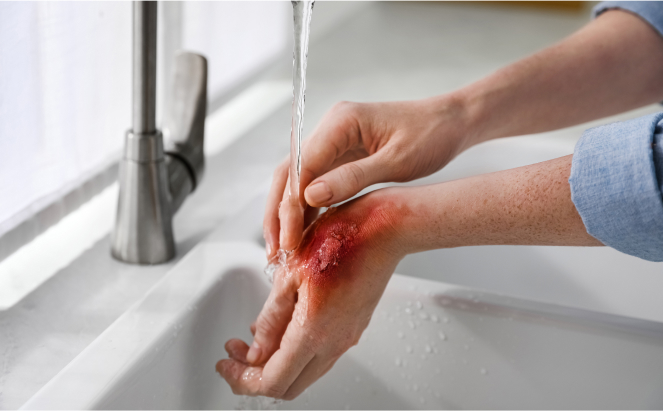
Thermal Burns
An external heat source such as a fire or an explosion causes a thermal burn to the skin. Open fires, molten liquids, or direct contact with hot objects can cause serious injuries and death.
Burn degrees
In fire safety terms, burns are measured in degrees. There are four degrees of burn: the first degree is not very severe, while the fourth degree is the most severe an individual can suffer.
First-degree burns affect the outermost layer of skin, which is called the epidermis. First-degree burns are painful, red, and dry with no blisters formed. A mild sunburn is an example of a first-degree burn. These are also known as “superficial” burns.
Second-degree burns involve the lower layer of the skin, which is called the dermis. These are also known as “partial thickness” burns, resulting in blisters and loss of skin function. As the epidermis crumbles and falls off, raw nerves are exposed, resulting in excruciating pain.
Third-degree burns affect both the dermis and the epidermis. These burns may even go all the way to the subcutaneous tissue. Third-degree burns look blackened and are also known as “full thickness” burns. Third-degree burns are deep and severe, and require skin grafts. They directly affect the nerves and cause a sensory loss in the burn area.
Fourth-degree burns go through both the layers of skin as well as the deeper and underlying tissue. These burns may even affect muscle and bone. The nerve endings with these types of burns have been destroyed.
Treatment for Serious Burns
Skin grafting, debridement, hydrotherapy, and excision are common treatments for burn injuries. Burn patients may be placed on a ventilator, or in a medically induced coma, and undergo such procedures as an escharotomy or tarsorrhaphy to deal with the excessive swelling.
We’ve been defending burn injury victims for 30 years
Our previous burn injuries results
For more than 30 years, our team of Birmingham-based personal injury attorneys at Glenda Cochran Associates has successfully litigated cases involving severe burn injuries and secured compensation for our clients.
Can I make a claim for a burn injury?
If you or a family member has been involved in an accident that has resulted in a burn injury or death, you may be entitled to claim money damages.
Our burn injury lawyers act quickly before important evidence is discarded or lost. Get in touch today to speak about your detailed recovery strategy and our committed legal representation in your burn injury case.
Request a
callback
Burn Injury FAQsBurn Injury FAQsBurn Injury FAQs
Any burn injury verdict or settlement is difficult to predict with certainty, as it is with any other personal injury. Compensation is dependent on a number of factors, including the severity of the injury, the circumstances surrounding the injury, and any future disability or impairment.
If you’ve been involved in a burn accident, call Glenda Cochran Associates immediately for a free consultation with a skilled burn injury lawyer in Birmingham, Alabama. Our experienced team will answer any questions or concerns you have about your injury or case and guide you carefully through the process.
Thermal injuries from fire, steam, or boiling liquids are the most common type of burn injuries, and account for over 86% of patient admissions to burn centers.
Redness and swelling are common symptoms of first-degree burns. The skin is dry and painful. Examples include sunburns and burns from short contact with hot pots. Unless the burn covers a large area, there is usually no need for medical treatment.
Symptoms of second-degree burns include bloody blisters, red blisters, or clear blisters. When slight pressure is applied to the skin, it blanches and becomes moist. There is pain associated with the burn. Fire, boiling water, or chemicals are examples of quick burns. If they appear to be infected or cover a large area, they will usually need treatment.
In trauma and emergency medicine, the Rule of Nines, often referred to as the Wallace Rule of Nines, is used to assess a patient’s total body surface area (TBSA). Due to the removal of the skin barrier, patients with severe burns will have massive fluid losses, so measuring the initial burn surface area is vital to estimating fluid resuscitation requirements.
Using this tool, health care providers can quickly assess the severity and need for intravenous fluids for second, third, and fourth degree burns.

